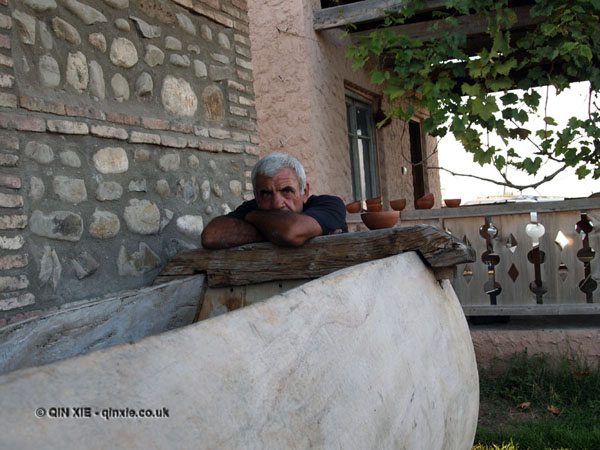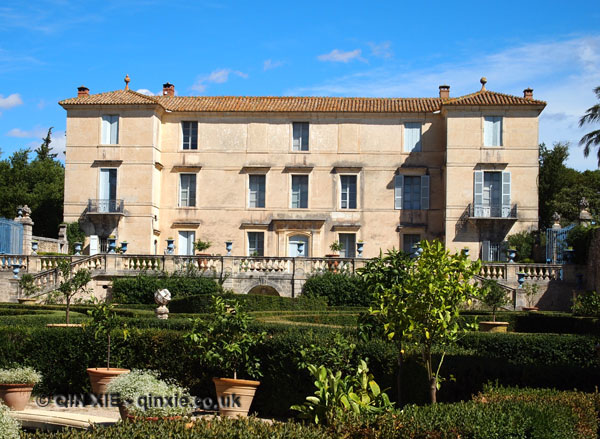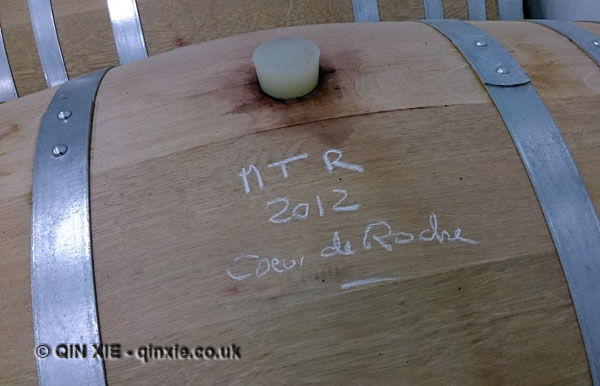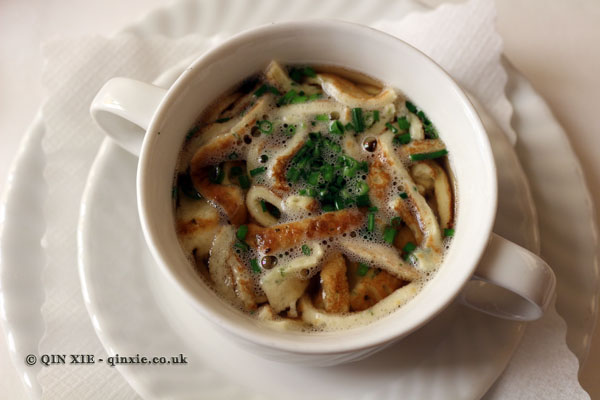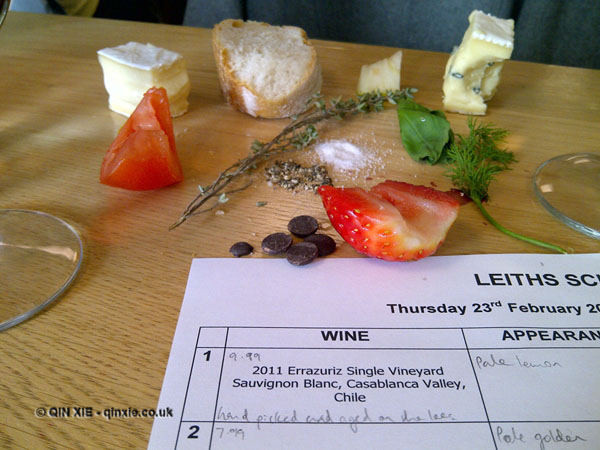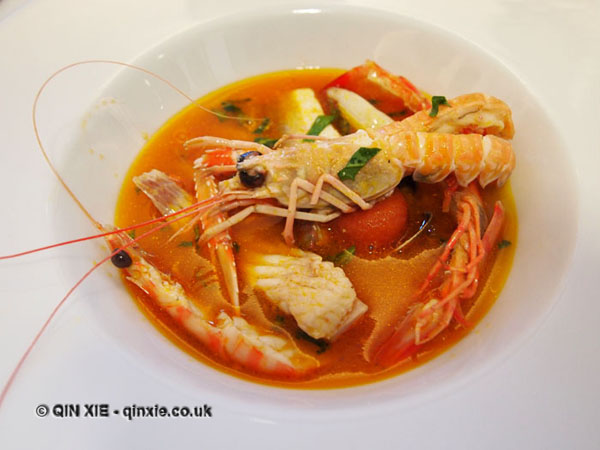Georgia on my mind, Georgia for the wine
Somewhere in the back of my mind was always the idea that knowledge should have solid foundations; maybe it’s a philosophical thing about justified true beliefs or maybe it’s the way I’ve always been taught. But when I began exploring wines more extensively, it seemed apt to start from its origins – Anatolia.
Often referred to as Asia Minor, Anatolia is the ancient region comprising the modern day countries of Turkey, Armenia and Georgia. A place that’s fertile in soil, accommodating in climate and rich in cultural history, Anatolia has been shown by scientists and archaeologists alike to be the oldest region in the world where grapes have been cultivated and wines produced.
With hundreds of varietals and thousands of years of wine making history, where do I start?
I travelled to Georgia to begin my journey.
Hailed as the cradle of wine, and that of natural wines in particular, Georgia claims to boast some 8,000 years of history in wine making. With a plethora of indigenous varietals and a landscape of terroirs, the scope for interesting and unique wines is a connoisseur’s dream. Wine is also an integral part of Georgian culture and economy and the thing which links the country’s history to its present day affairs.
The majority of Georgians make wine at home for personal consumption but it also helps to ease the economic burden of regular toastings during Supras (Georgian feasts). After all, no guest is truly welcomed until they’ve experienced the hospitality of a Georgian fare complete with toasts made by the Tamada (toastmaster). Naturally, no toast would be complete without wine and Georgians are very hospitable people.
As a nation, Georgia also made wines for export. In fact, wine was consistently one of the top three products for export. During the Soviet era, its wines were distributed across the rest of the USSR and was recognised as being of the highest quality. After the dissolution of the USSR, Georgian wines continued their popularity in Russia and Central Asia. Over 80% of the wines exported from Georgia went to Russia so it came as no surprise that when Russia banned all import and sale of Georgian wines, the two came to blows.
Georgia is no stranger to conflict of course – its history is peppered with battles. It is said that the statue of Kartlis Deda in the capital Tblisi bears a bowl of wine in her left hand to greet those who come as friends and a sword in her right for those who come as enemies – the perfect personification of Georgian character.
But it was really the traditional Georgian method of wine production that caught my eye and enticed me to learn more.
Qvevris, giant handmade vessels of rounded clay amphora with a pointed base and no handles, are buried up to the rim in the earth. Crushed grapes – stems, pips, skins and juice all go straight into the qvevri which is then covered by a stone slab and sealed with wet sand. The subterranean conditions maintain a stable temperature in the qvevri and fermentation occurs thanks to the natural yeast found on the grapes.
Six months to a year later, occasionally even longer, natural wine is produced – nothing added, nothing taken away.
Wines produced in this way are very different to its European-style counterparts. Red wines, typically made with Saperavi grapes, produce a deep plum stain. White wines, made with Rkatsiteli grapes alone or blended with Mtsvani grapes, take on an auburn hue. Then of course there’s the spectrum of colours created by the other indigenous varietals. Tasting the wines straight out of the qvevri at the Pheasant’s Tears vineyard in Kakheti, it’s impossible to deny the vibrancy of the fruit and natural sweetness of the wine. And there’s really few phrases which would describe that feeling well, except perhaps “the overwhelming sense of being alive”.
Is it just because it’s a natural wine? Having tasted a sizeable selection of other natural wines and non-qvevri Georgian wines, I’m not so sure. There was definitely something about the qvevri which gave the wine its special characteristic, unrepresented anywhere else. Perhaps that’s why qvevri wine production has gained increasing popularity outside of Georgia with Josko Gravner in Italy being one of the most well known amongst the international wine crowd. Sadly, production and export is so limited that it’s extremely rare to find qvevri wines for sale.
Returning from Georgia, my mind was filled with abstract ideas on wine – the trip has certainly whetted my appetite. Tours around Pheasant’s Tears vineyard, Schuchmann Winery, Twins Old Cellar and Alaverdi Monastery all offered detail and perspective on the Georgian wine story. But have I found the wine grounding I was looking for? Perhaps a little, but mostly on natural wines.
I was sure of one thing though – my next learning destination will be Turkey, a lesser known wine destination offering even more indigenous varietals.
See more photos from Georgia here
(First seen on BespokeRSVP)
